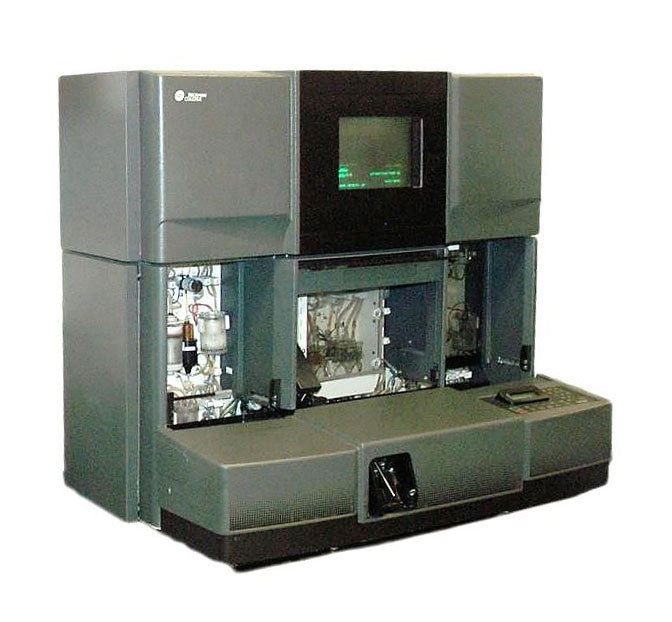Predictors Evaluated for Microalbuminuria in Type 2 Diabetes
By LabMedica International staff writers
Posted on 12 Mar 2020
Chronic inflammation has an important role in the development and progression of type 2 diabetes through immunologic inflammatory mechanisms. The neutrophil‐to‐lymphocyte ratio (NLR) is a new, simple, and inexpensive marker of subclinical inflammation and has been used as a systemic inflammatory marker in chronic diseases. Posted on 12 Mar 2020
A symptom of nephropathy is albuminuria usually initiating with microalbuminuria, which was found to be a marker of vascular endothelial damage. Albuminuria is a well‐known predictor of poor renal outcomes in patients with type 2 diabetes and in essential hypertension and as such, it is important to monitor and diagnose in order to treat early.

Image: The Gen‐S hematology analyzer provides a complete blood count, a five-part differential leukocyte count, and a reticulocyte count (Photo courtesy of InCav).
A team of medical scientists working with the Ziv Medical Center (Safed, Israel) included in their study the data from 168 patients with type 2 diabetes mellitus (DM), which included patients aged ≥40 years old who had type 2 DM for at least four years. Patients were classified into three groups according to glycated hemoglobin (HbA1c) and microalbuminuria: Group A were patients with controlled diabetes; Group B were patients with uncontrolled diabetes (both groups without microalbuminuria); and Group C, were patients with uncontrolled diabetes with microalbuminuria.
The team examined the patients records regarding plasma glucose, HbA1c, creatinine, albumin, total cholesterol, triglycerides (TG), high‐density lipoprotein (HDL), and low‐density lipoprotein (LDL) levels in the venous blood samples obtained in the morning after 8‐hours fasting. Complete blood counts were analyzed in the hematology unit with a Beckman‐Coulter Gen‐S hematology analyzer (Beckman Coulter Inc., Brea, CA, USA). Mean platelet volume (MPV) and red blood cell distribution width (RDW) levels were gathered from patients' complete blood count, and NLR was calculated as the ratio of absolute number of neutrophil and lymphocyte counts.
The scientists reported that a significant difference in NLR was found between Group C and groups A and B. A statistically significant difference in RDW was found between groups B and C. Receiver operating characteristic curve analysis of inflammatory markers and microalbuminuria prediction showed an area under curve (AUC) of 0.675 for NLR and 0.614 for RDW. NLR value of 2.54 has 39.7% sensitivity, 78.8% specificity, and 45% positive predictive value (PPV). RDW value of 14.44% has 37.9% sensitivity, 76% specificity, and 41.5% PPV. TG/HDL ratio was lower in patients with controlled diabetes (group A) compared to the other two groups. Serum creatinine was higher as was the ratio to microalbumin in group C compared to the other two study groups.
The authors concluded that high levels of NLR were found in diabetic patients with microalbuminuria compared to controlled and uncontrolled patients without microalbuminuria. At the same time, they found high RDW values in patients with diabetes with microalbuminuria compared to diabetic patients without microalbuminuria. The study was published on February 25, 2020 in the Journal of Clinical Laboratory Analysis.
Related Links:
Ziv Medical Center
Beckman Coulter Inc














